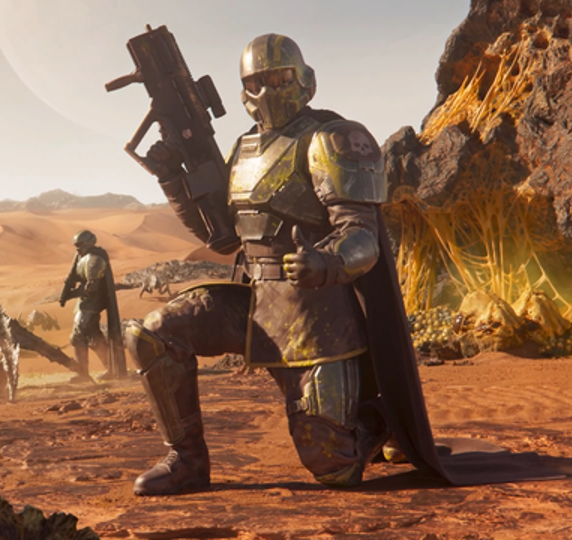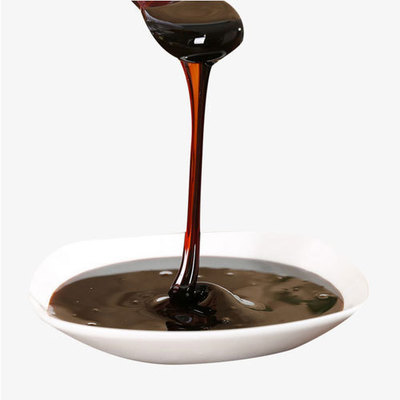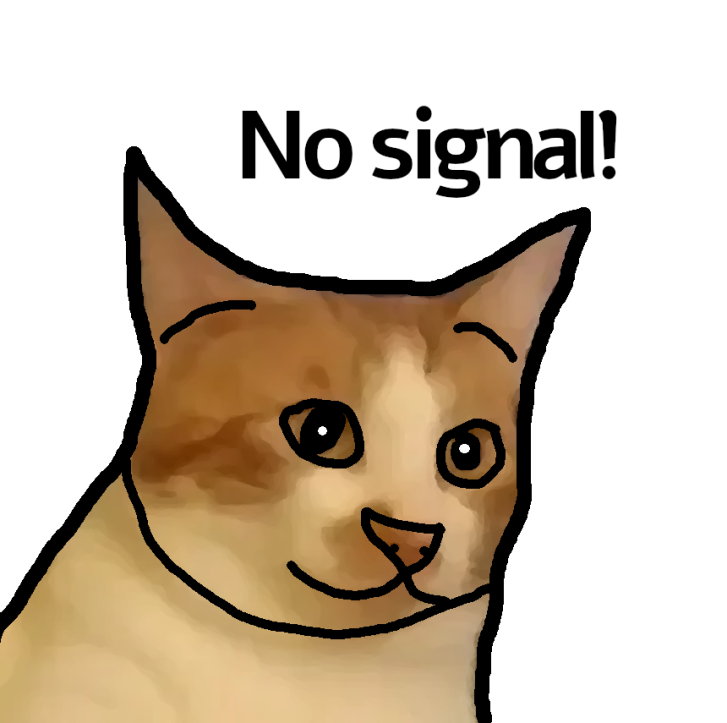No don’t let them ruin another blue planet
Pluto told them they would be coming for the rest of the planets next, but did they listen? No they looked the other way while Pluto was getting beat down and no longer granted the rank of planet, even though he still sits on the council. Now they are coming for the rest of the planets and nobody will do anything.
For real though, the current definition of planets sucks. I get they wanted to change it because they didn’t want to have dozens of smaller objects be considered planets. But they could have come up with a better definition.
First they came for the dwarf planet in the Kuiper belt, and I did not speak out—because I was not a dwarf planet in the Kuiper belt.
Then they came for the blue gas giant, and I did not speak out—because I was not a blue gas giant.
Then they came for the rest of the obscure planets we learned about in elementary school in the 80s, and I did not speak out—because I was not an obscure planet we learned about in elementary school in the 80s
Then they came for me—and there was no one left to speak for me.
They discovered a dwarf planet ice ball larger than Pluto, with hundreds more similar size likely. TNOs haven’t cleared their orbit but are large enough to be spherical so fail to be a proper planet. I see you say the IAC should have done better but don’t offer a solution, what’s yours? Have kids remember the 79+ planets on a monthly changing poster in the classroom?
Have kids remember the 79+ planets on a monthly changing poster in the classroom?
Your terms are acceptable
Disclaimer: I am aware this classification system is in constant flux and not final in any way, many people are calling for changes and changes are being made at the moment. This comment is regarding the current official definition, which will probably be changed this year. Also, this is a super simplified description, the actual definitions and issues with it are way more complex, look up more info about this if you are interested. This is a Lemmy comment, not a PhD defense.
I have a few issues:
I would consider “Planet” to be the family name. So we can have stuff like exoplanets, minor planets, dwarf planets etc. all be planets. The regular big planets we are familiar with can then be called something like major planets or solplanets or whatever. Just have them be a subclass in the family of planets.
Why would we want to distinguish between planets in our solar system and planets in other solar systems? Our solar system is special because it’s home to the only form of semi-intelligent life we know of. And our local star is not a super common type, but still common enough I feel like. Treating our solar system as anything special seems weird in a scientific classification system.
Then there’s the whole “cleared it’s orbit” thing. This is SUPER vague, what does this even mean? Pluto hasn’t cleared it’s orbit because it crosses the orbit of Neptune. So we say Pluto isn’t a planet but is relegated to dwarf planet status. But then again doesn’t that mean the orbit of Neptune also crosses the orbit of Pluto? So Neptune hasn’t actually cleared it’s orbit at all? Obviously Neptune is a lot bigger and influences a whole heap of stuff with it’s orbit, but this isn’t made clear in the definition. By definition Neptune isn’t a planet, but it is (rightly imho) considered a planet, so I would say the definition is wrong. And to further complicate things, both Neptune and Pluto are in stable orbits, they don’t interfere with each other, they don’t have a chance of collision. So while on paper their orbits intersect, do they actually intersect? Their paths certainly don’t intersect, so what exactly are we talking about here? Then there’s the whole issue of what clearing means, how large of an object can cross the orbit before it’s considered ‘clear’. The Earth crosses a whole lot of shit throughout it’s orbit, we see that as shooting stars. So obviously dust and small rocks wouldn’t count, but how large does the object need to be before it does count? The definition doesn’t say, so that’s an issue.
I also really dislike the whole if it’s a satellite different rules apply. This complicates things because how does this handle binary systems? For example the barycenter of the Pluto-Charon system lies outside of the body of Pluto, so I would consider that a binary system and not Charon being a satellite of Pluto. Then there’s objects like Triton, Ganymede, Titan etc. these suckers are huge, but since they orbit a larger thing that isn’t a star they are moons. While this is a fine definition, it isn’t really a helpful classification and I don’t see why different rules would apply if something orbits a star or another object. Some of those big moons are larger than Mercury and are very complex, considering those a minor planet would be a more helpful definition.
Then there’s the whole “what about the kids in school” argument. First of all: scientific classifications are meant to support science, not be primary school teaching tools. Second of all: It’s perfectly fine to tell students the science isn’t done, their world isn’t fully explored and we as a species are learning all the time. Simply cramming lists of objects into your head isn’t learning. Teaching students about the major planets is good, because they are super interesting. But I would also like to see the big moons being included on that list, because they are worth learning about as well. Objects that are less interesting (just big dead rocks) can be skipped over, whilst objects that are interesting can be focused upon. I would not expect a primary school student to list me the name of every small object in our solar system, but I would like to see them tell me something about Titan for example. Third: This has always been the case. When I learned about the planets I had a huge discussion with my teacher about how many moons Jupiter has. The book I had at home gave one number, a book the teacher had gave another number, both didn’t match with the number I had in my head and a book in the library gave yet another answer. The fact was, at that time the “correct” number wasn’t known and different books had different numbers because they used different definitions or were written at a different time. Nothing wrong with that, I would think it would make a child more curious about the world and learning than simply a list of facts they need to cram into their head.
I also feel like the reason for the change was a bit weird and more of a PR thing for a certain person or group of people. Yes there are more small planet-like objects, but depending on the definition we aren’t talking hundreds in our solar system, more like a dozen or so. Eris is about the same size as Pluto, maybe a little bit bigger, probably just a smidge smaller. So they could have simply said Eris is a planet as well. There most likely isn’t anything as big as that remaining in the solar system, the next best thing we’ve found so far is Haumea (which may not even be round) which is considerably smaller. While I agree we needed a proper more rugged classification system, I disagree with the reasons behind it and the whole we need to demote Pluto because it’s in a class of hundreds of objects. It’s not actually, Pluto is one of the biggest in it’s class and that makes it special. And the new definition isn’t very good in my opinion which makes me question why this is how it was handled.
So all in all, I don’t like the current classification system and think a better system can be made. But I know a lot of people in the field feel like this and changes are coming.
Have kids remember the 79+ planets on a monthly changing poster in the classroom?
literally yes
“Wait, how can I be on the council without the rank of Planet?”
-Planet Wars, Episode III
Blue lives matter.
“Even though the artificially saturated color was known at the time amongst planetary scientists — and the images were released with captions explaining it — that distinction had become lost over time.”
Things like this are why I have a bit of a bone to pick with astrophotography. Those breathtaking images of nebula or gas clouds? Manipulated to the point they might as well be fake.
“This is what the nebula would look like if we could see IR and if we made all the different elements like Hydrogen and Nitrogen glow in different neon colors to distinguish them”
Cool, so not actually at all what the nebula looks like. Got it.
But that’s what the public sees, and most people think that if you had a powerful enough telescope, you’d see all these amazing colors and details. But that’s not really the case at all.
deleted by creator
I heard an interview with an astronomer, who was asked if pictures from Hubble were “real”. He began by pointing out that you eye is not 2.4 meters across, so expecting it’s photos to be “real” is starting from a flawed premise.
Damn this is actually upsetting, Neptune is my second favorite planet because of those Voyager pics, that deep blue with white clouds is just iconic.
Still not as bland as Uranus, but damn what a downgrade.
Fr. It’s so sad neptune isn’t a big blue marble.
Are you calling a planet with an axial tilt of 82.23° “bland”?
Visually, yeah, can hardly tell it’s spinning on its side
Fair enough. The ice giants are difficult to see from Earth anyway. I can’t wait for the upcoming Uranus orbiter!
Yeah I’m for sure interested in what probes could tell us about the inner structure of ice giants.
Never thought it was blue, tbh. Always assumed it was a greenish-blue or cyan, like in this picture:
Turns out it’s not either. More creamy pale greenish blue.
This is just a conspiracy by the solar system poster industry to print new posters
It does look a bit more like an “ice giant” now rather than the oversaturated tropical blue oasis vibe of the older picture.
It blows my mind that we didn’t know true colors of a planet in our solar system for that long.
the artificially saturated color was known at the time amongst planetary scientists — and the images were released with captions explaining it
We did know. Somewhere along the way, the context of the pretty picture was lost.
deleted by creator
I’m going to pretend I didn’t see this so I can love and cherish the blueness of it for all my mortal time.
damn, the universe really be seeming more and more mid
Uranus got bleached too.
This is what life is now. One by one, every little piece of wonder being ripped away that makes the universe feel magical. I could’ve never imagined that someone could change what a planet looks like. You should not have posted this OP, it made me feel a bit depressed.
That’s a weird takeaway from this. I rather took it as a reminder that even in our own solar system, there’s still surprises waiting for us, and there’s so much more to explore. Doesn’t take away from the wonder at all for me.
Eh, I guess learning about the solar system was something that I was really bewondered by especially as a child. And the unique, iconic deep blue I’ve grown to know is just part of the fundamental things of how the world should be. It is cool that we continue to find new things but it’s also a bit more bland and less special as a result. More of an emotional thought than a rational one.
Wow nice








